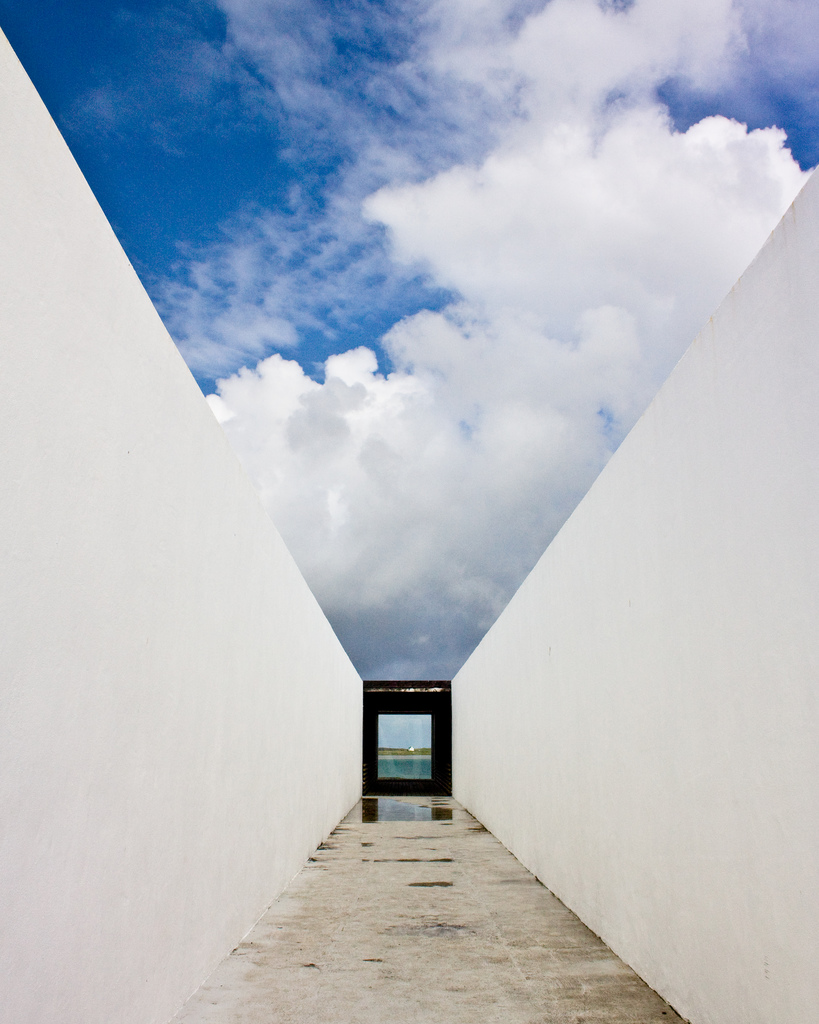Something extraordinary has happened to the art scene in Scotland in the past months. There’s a buzz to exhibitions both in the capital and over on the west coast in Glasgow. What’s notable about the shows has been the huge proliferation of definitively Scottish artists that are currently exhibiting in galleries across the nation. The enormous ‘Generation’ exhibition is on show in some of the most prominent galleries in Scotland, such as Fruitmarket and The National Galleries here in Edinburgh, and at the GoMa and The Modern Institute over in Glasgow, and features the most significant artists to have emerged from Scotland in the past 25 years. The Scottish art scene seems to be hungrier and fizzier than ever; just take a look at Jim Lambie’s caffeinated, or perhaps narcotic-fuelled retrospective at Fruitmarket.
The last UK movement to have possessed so much energy was surely the Young British Artists in the late 90s. Just looking at the name, (YBAs), we can see what’s different about this new trend in the global art world. There has been a rebalance of influence in the UK in the past couple of decades; the centre for the new and avant-garde is no longer found in London or the South, but in art colleges, studios and galleries north of the border.
A ‘Yes’ vote for independence is surely exactly the push such a burgeoning art movement needs to propel it to the global superstardom that the YBAs achieved. The national excitement, as well as potential turmoil, that would accompany a ‘Yes’ vote would be the kind of inspiration that would propel artists to lift the fledgling movement off the ground.
Culturally, Scotland punches above its weight as a nation. It holds the world’s largest arts festival every August, and brings some of the biggest names in art to cities across the nation every year. Surely a newly independent government would choose to showcase this particular cultural highlight. The severe cuts to the arts budget since the 2010 general election has meant that the UK art scene has struggled to secure funding for some of its most exciting projects. An independent Scotland, and a more left-leaning government, might just choose to channel a larger share of its funding into the arts.
Yet this is idealistic speculation. In reality, a ‘Yes’ vote would probably hinder rather than help this fledgling movement. Creative Scotland, the development body for the arts and creative industries in Scotland, is funded with help from the Heritage Lottery Fund, which last year gave Scotland 20 per cent of its arts budget, despite containing only 8.5 per cent of the UK’s population. Art purchases in Scotland’s national galleries would also be impacted by a ‘Yes’ vote. The generosity of an independent charity called The Art Fund provides much of the capital needed for Scottish galleries to buy new artworks. Both the Heritage Lottery Fund and The Art Fund are England-based charities, putting real questions over whether funding would be continued in a newly independent Scotland.
The financial implications of the division of such an intertwined state as the UK, if a ‘Yes’ vote was to happen, would too surely impact on the government’s ability to fund the creative arts. In practice, it is often the arts budget that is first to be cut in times of economic downturn. With no real money to be made in the arts in the grassroots stages, it is exactly this type of funding that is vital for up-and-coming artists like the ones found right here in Scotland. This is a pivotal moment for the Scottish art scene. At a moment in Scottish history when the nation is on the world’s stage, a broken union could be just what curbs this blossoming movement’s trajectory.
If we consider for a moment exactly what it is about Scottish art that is making it so innovative and forward thinking, we might see that it is not necessarily its Scottishness that defines it as a movement. If we take the Fringe festival as an example, it is not a Scottish identity that attracts hundreds of thousands of visitors to Edinburgh every August, it is the sheer calibre of world-class acts.
So why risk it all? And all for an unknown that may or may not pay off? In a moment of relative Scottish cultural renaissance, time will have to tell whether a ‘Yes’ or a ‘No’ will be the best for Scotland’s future.

